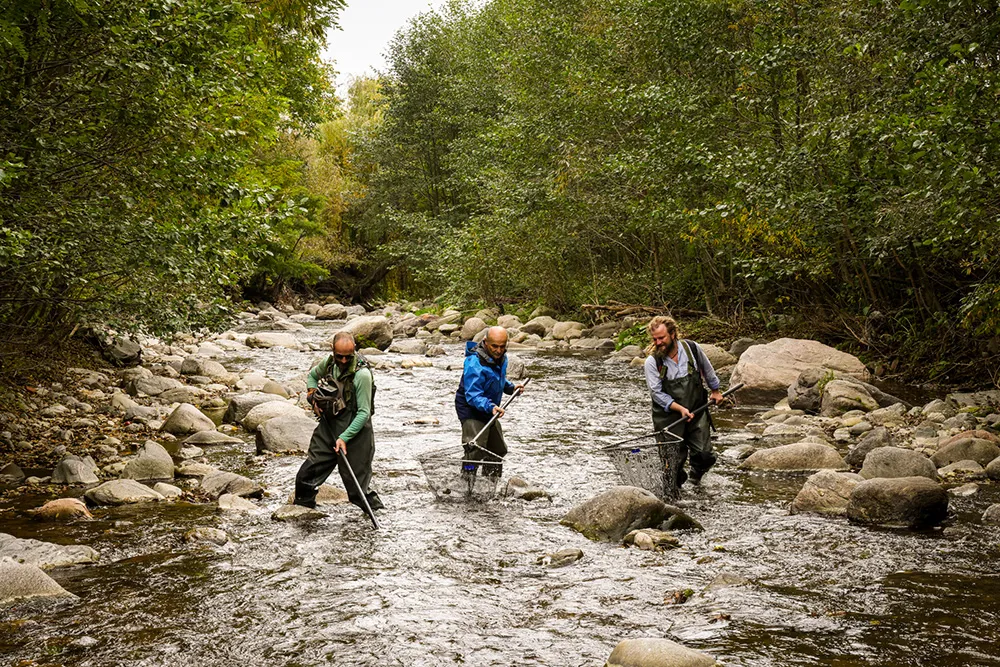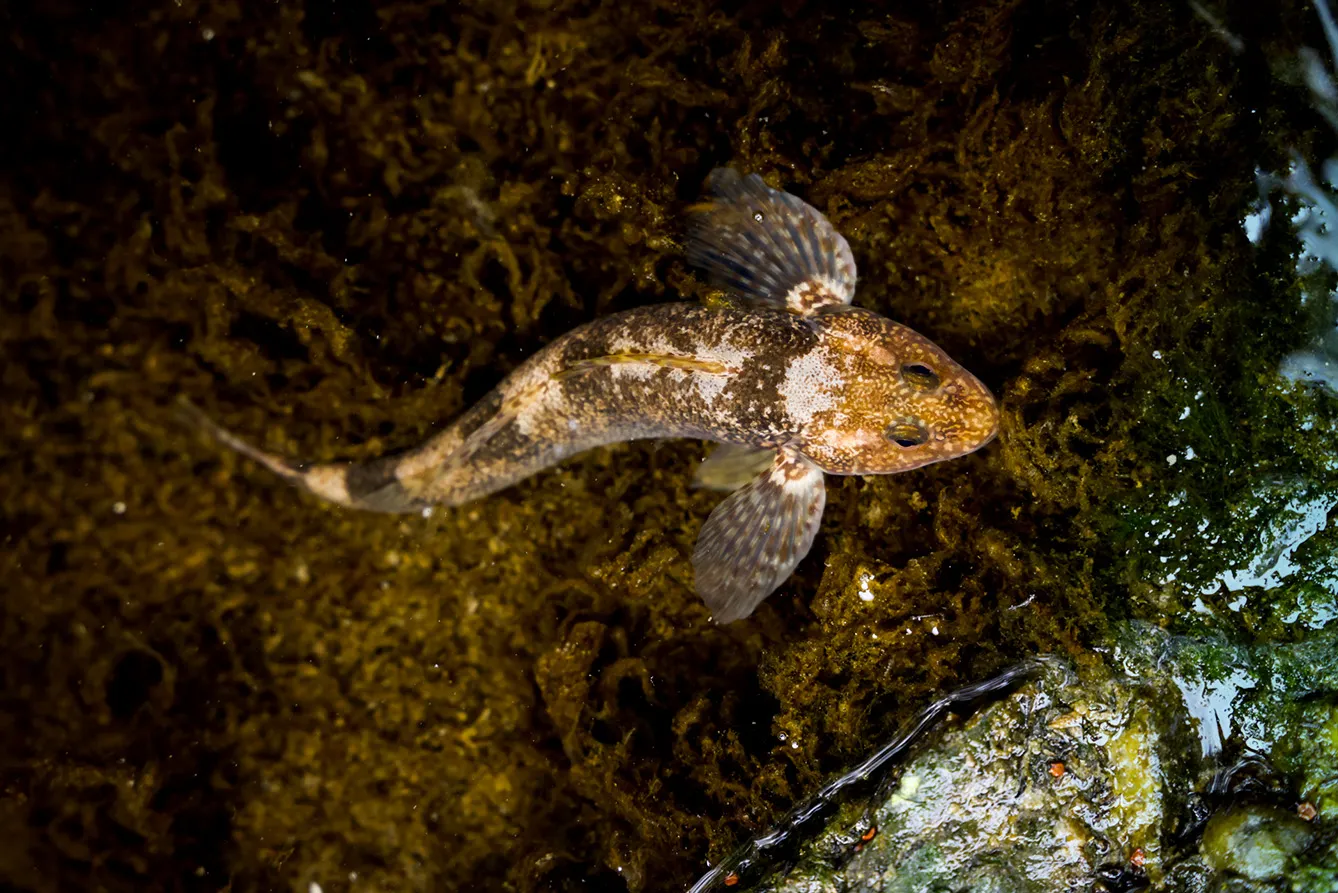The asprete was first seen in 1957 when a Romanian student spotted the fish while walking down a stream. Believed to be over 65 million years old and possibly as old as some of the last dinosaurs to have ever lived on this earth, asprete is the rarest freshwater fish in Europe, and the only place where it can be found in is the Vâlsan river, Romania. We, as a nation, discovered the asprete – but at this rate, we might as well be the reason it goes extinct.
12 survivors
During the last official identification campaign in the early 2000s, it was estimated that roughly 12 specimens were swimming in Romanian waters. The latest conclusions from the Romanian Ministry of Environment, Waters and Forests state there were only 10 to 15 specimens alive. It is not surprising to know that there have been multiple times the asprete was believed to have gone extinct. And because out of three natural habitats where the species was confirmed in 1958, only one remains still active, this dire claim is not far from the truth.


The reason for this is entirely anthropogenic. In such circumstances, it’s no wonder stories of the mysterious fish’s appearance and disappearance circulated in the area. Are there any fish left? Is there at least one asprete still alive in the mountainous rivers? Recently, an answer to these questions was provided. And luckily for us, it was a favorable one.
The good news of over 50 Asprete fish living abundantly in the Vâlsan Valley was brought by a team of specialists conducted by the Alex Găvan Foundation in partnership with Fauna & Flora International. The discovered numbers were astonishing: no less than 58 Asprete fish, almost three times higher than what was officially known are, as we speak, roaming the Romanian river.
Asprete, the fish mountaineer
But this wasn’t the first time the fish made the news. In 2019, a very special selfie took the fish all around the world. Holding a photo of the fish on the top of the Himalayan Mountains, at over 8000m altitude on Gasherbrum Peak, Alex Găvan took a selfie that would showcase the urgency to save Asprete, Europe’s rarest fish. Shortly after this, Asprete began gaining more national attention, and in 2020, when the very first video recording of the fish was published, a new spark lit the interest of the world in this unique specimen, a spark that would hopefully not only publicize the species but also save them.
This prehistoric fish is alive – but who can tell for how long? Despite de recent developments, the endemic species remains very much endangered. And will continue to be so until the required measures of protection are taken, and harmful operating methods are removed from the fist’s whereabouts.
“Asprete Lives,” a project conducted by Alex, who was born and raised in the Vâlsan Valley region, aims to protect the fish and their habitat. Together with other specialists, Alex developed the Species Action Plan, a strategy to save and preserve the life of the specimen. Various multiple smaller projects, some of which regard determining the abundance and current distribution of the Asprete, the ecological reconstruction of the Vâlsan Valley, and raising awareness about the Asprete, are also being conducted.
The Asprete remains a critically endangered species, endemic to Romania. A lot is needed to ensure the well-being of the fish, and while great improvements have been made already, there is still a long way to go. The numbers are encouraging, and hopefully, years from now on, we’ll be able to hear more uplifting about Asprete, the unique fish.
Also check Movile Cave.







